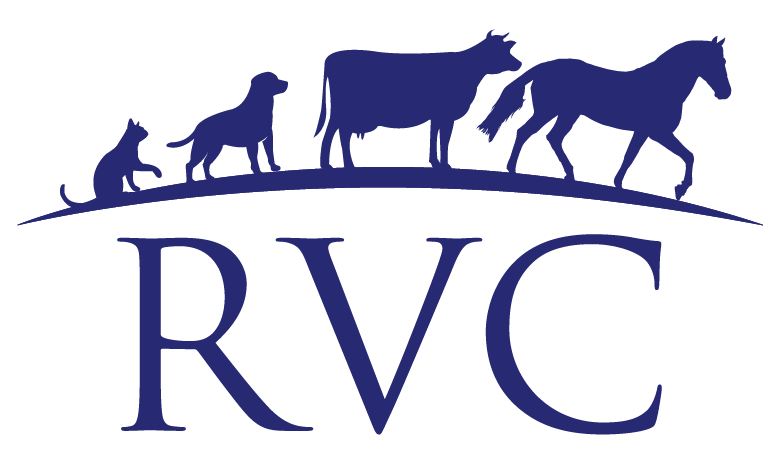Entropion in lambs
What is it?
Entropion is the scientific term for ‘inward folding eyelids’. Animals with loose skin around the eyes are predisposed to this condition. There is also a hereditary/genetic component meaning that some breeds and individuals are more likely to have this issue.
When an eyelid folds inward the eyelashes come into contact with the surface of the eyeball (cornea). This contact results in irritation; which can cause a corneal ulcer to form and is painful for the lamb.
Some individuals will outgrow this condition (as they ‘grow into their skin’), however most will require some form or assistance or treatment.
What are the symptoms?
Squinting/hesitant to open eye(s)
Weepy eye(s)
What can we do:
Mild cases of entropion may be managed at home. With a clean hand you can evert (fold out) the affected eyelid(s) at each milk feed or multiple times throughout the day to correct the position of the eyelid. Another approach is to nip/pinch the affected eyelid with clean fingers or tweezers (being sure to avoid the eyeball so as not to cause damage) – this technique aims to bruise the skin of the affected eyelid, causing it to swell and evert/turn out.
For more severe cases medical intervention is often required; there are a couple of options available including injecting a small volume of antibiotic into the eyelid (causing the same result as above/eversion of the eyelid away from the eyeball) or inserting tacks/sutures which also function to evert the eyelid. Sedation, a topical antibiotic treatment and anti-inflammatories are also often indicated.
In the most severe cases, enucleation (removal) of the eye may be indicated. These are usually cases that have been left untreated/un-managed and the animals’ welfare is compromised.
If you have a lamb with a severe case of entropion, or a case that is not responding to management (pinching etc.) at home then we would recommend organising a consult with one of our large animal vets to determine the best treatment plan for your individual animal.


